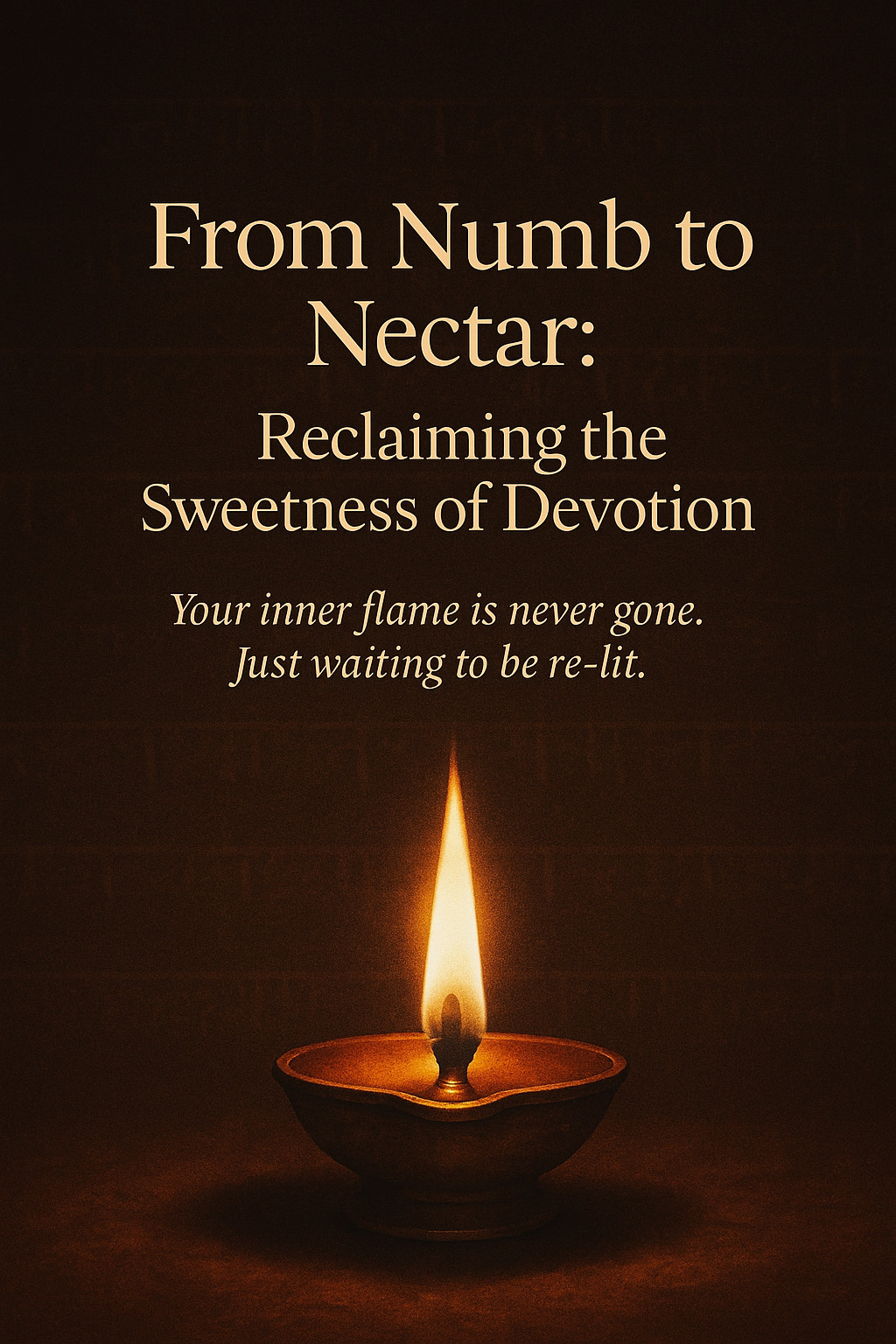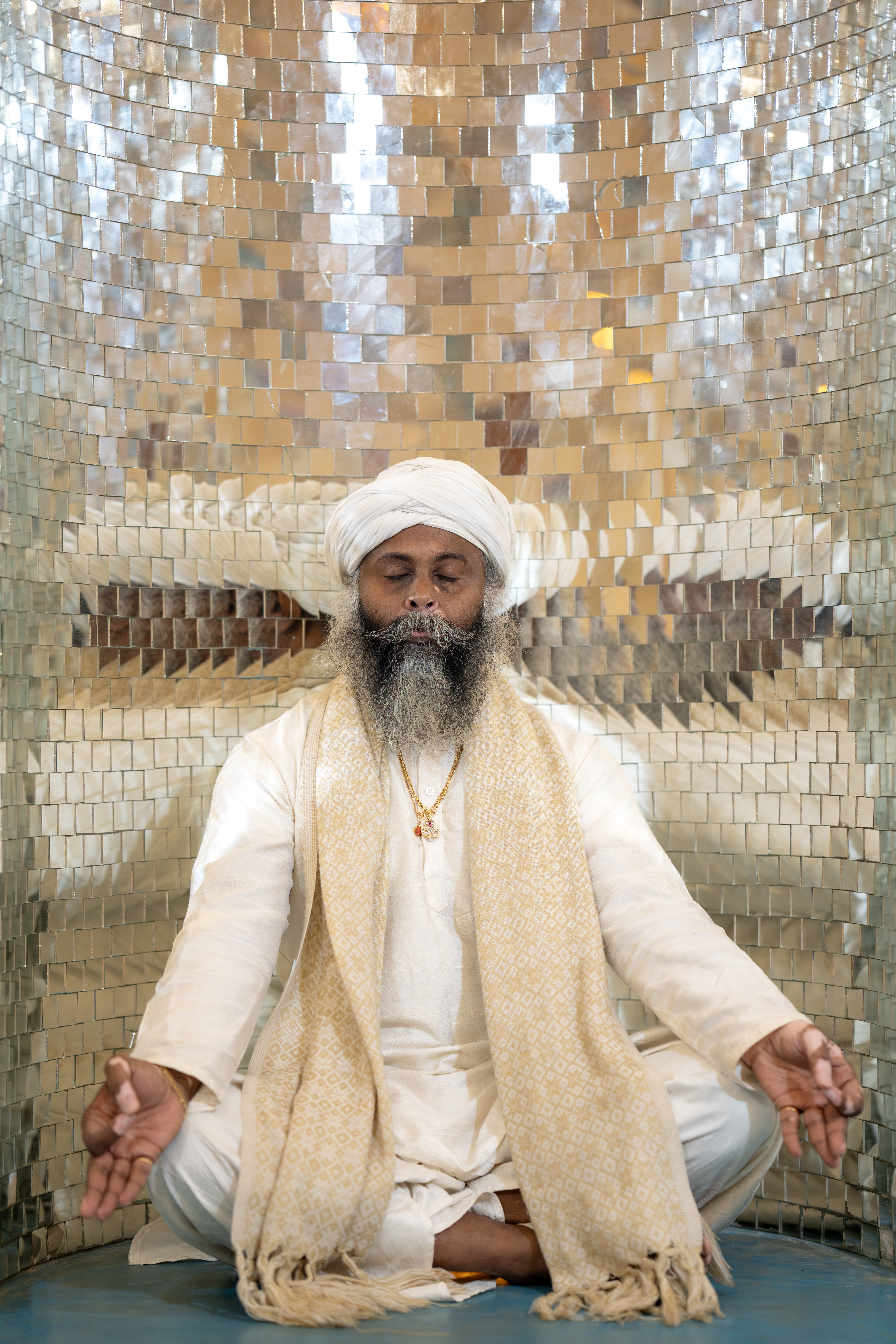The Heart Sutra is one of the most cherished and foundational texts in Mahayana Buddhism. Though brief, it carries profound insight into the nature of reality, the illusion of separation, and the path to liberation.
In just a few pages, this sutra deconstructs all our tightly held concepts of “self,” “truth,” “path,” and even “suffering” — and invites us to rest in the mystery of emptiness (śūnyatā).
But what does “emptiness” really mean?
Let’s explore this not as a scholar, but as a seeker — someone longing to know what is real, what is true, and what brings peace.
🌀 Form is Emptiness, Emptiness is Form
This is the most iconic line of the Heart Sutra — and also the most misunderstood.
“Form is emptiness” means that everything we perceive as solid, separate, and real — our bodies, our identities, even our emotions — is ultimately not fixed or independent. Everything arises dependent on conditions. Nothing exists on its own.
But then — “Emptiness is form.”
This is not nihilism. It’s a call to reverence. Because everything is empty of inherent existence, everything is deeply connected. Nothing exists in isolation — and that makes every moment sacred.
😌 No Suffering, No Cause of Suffering, No End to Suffering, No Path to Follow
This line may sound like a contradiction to the Buddha’s famous Four Noble Truths.
But it’s not a denial — it’s a deeper teaching.
The Heart Sutra is reminding us that these concepts are also part of the dream. When we cling to even the path to awakening as a fixed idea, we remain trapped in duality.
The deeper wisdom here is that freedom is not somewhere “else” — it’s found by dissolving the illusion of separation, even from the idea of awakening itself.
🌑 No Ignorance, No End of Ignorance
In the same way, the sutra tells us that there is no fixed ignorance — and therefore no final “end” to ignorance.
This isn’t hopelessness. It’s humility.
It means that ignorance and wisdom are not static states. What we call “ignorance” is often just a layer of perception that has not yet been seen through. And what we call “awakening” is simply the recognition of that illusion.
🌱 No Birth, No Death, No Purity, No Defilement
Everything we label — good/bad, pure/impure, beginning/end — is a construct of the mind.
The Heart Sutra teaches us that life is a flowing river, not a collection of separate events.
When we release our grip on labels, we begin to experience the world as it truly is: ever-changing, interconnected, and alive with intelligence beyond concepts.
🕉️ The Mantra
tadyatha om gate gate paragate parasamgate bodhi svaha
This mantra is the heart of the Heart Sutra. It means:
“Gone, gone, gone beyond, gone completely beyond… awakening, hail!”
It is not just a chant — it is a map.
A mantra that moves you from illusion to insight, from clinging to clarity, from “me” to mystery.
It’s a sacred invitation to let go, to surrender control, and to trust the pathless path.
🔮 Wisdom Beyond Wisdom
Ultimately, the Heart Sutra is about transcending conceptual knowledge.
It invites us into Prajñā Pāramitā — the “Perfection of Wisdom” — which cannot be grasped by logic or language. It is not something we “learn” but something we remember by unlearning.
It’s a wisdom that does not divide, analyze, or conquer — but includes, embraces, and dissolves.
✨ Living the Heart Sutra
You don’t need to be a monk to understand the Heart Sutra.
You just need to be willing to let go — of your need to know, control, or define everything.
You just need to be willing to let go — of your need to know, control, or define everything.
Try this:
- Sit in silence with the words “form is emptiness, emptiness is form.”
- Watch your breath as it comes and goes.
- Notice how nothing stays the same — not even “you.”
- Feel into that awareness, and rest there.
That is the Heart Sutra, alive in you.
“The great bodhisattvas rely on the perfection of wisdom and live with no hindrance in the mind. Without hindrance, there is no fear.”
May you live from that fearless space.
May you find joy in the emptiness that is also full of wonder.
And may the Heart Sutra not just be something you read,
but something you become.
May you find joy in the emptiness that is also full of wonder.
And may the Heart Sutra not just be something you read,
but something you become.
🪶


0 Comments